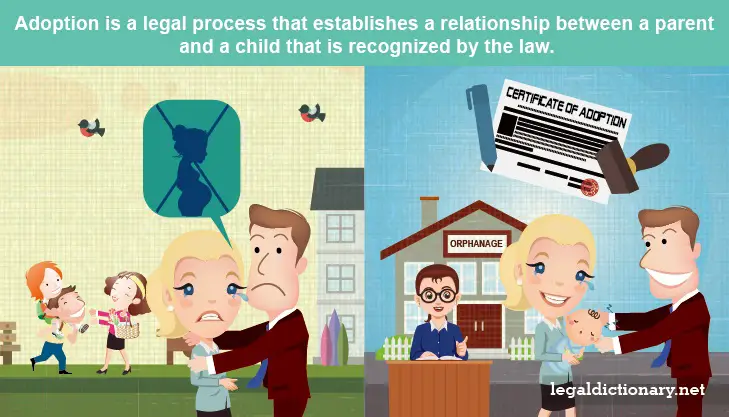

An example of blackmail would be if a person requested payment to keep from revealing personal information, such as an extramarital affair. The act is extortion because it demands something from the victim in return for not revealing incriminating information. The extortionist does not have to act on the threats for it to be considered extortion. The incriminating information can be true or false. Blackmail refers generally to a threat to reveal information that may damage a person's reputation. There are several methods used in extortion. It does not have to be received by anyone, just sending it is committing a crime. In committing the crime of extortion, an individual must willingly and knowingly send a message.

In the United States, extortion can also be committed as a federal crime across a computer system, phone, mail, message board, or any other instrument of interstate commerce and can be as simplistic as threatening someone to do something or else. Extortion is commonly seen in organized crime, when a business or person is required to pay for protection. However, extortion can also be a violent crime, where threats of violence or actual violence create the intimidation leading to the release of the desired property, goods, or behavior. Making a threat of violence or a lawsuit which refers to a requirement of a payment of money or property in order to stop any future violence is sufficient enough to commit the offense. The definition of a white-collar crime is a violation of the law committed by a person or group of persons in the course of an otherwise respected and legitimate occupation or financial activity.
EXTORTION LEGAL DEFINITION PROFESSIONAL
With extortion, the threats include threats: to inflict bodily harm on the victim, damage the property of the victim, or expose victims to shame or ridicule.Įxtortion can be considered a white-collar crime if performed non-violently through a business or professional setting. In robbery, the threat to hurt someone is at that present moment, and in extortion the threat to harm is later. Extortionists use threats to gaining the victim's consent through illegal means. Extortion is different from robbery in that the item of value is willingly given to the extortionist, whereas in a robbery the items are taken without the owner's knowledge, by force, or both. It is the time of the intended harm that separates the two offenses. The legal requirements for extortion are very similar to those of robbery. Common terms associated with extortion are bribery, blackmail, hush money, and white-collar crime. In its formal definition, it means the infliction of something, for example pain and suffering, or making somebody endure something unpleasant. This offense is commonly practiced by organized crime groups. It is also can be called outwrestling or exaction. Stages of A Criminal Case Pretrial MotionsĮxtortion is a criminal act that occurs when a person obtains money, goods, or a desired behavior from another person through violence or threats.Stages of a Criminal Case Preliminary Hearing.Stages of a Criminal Case Booking and Bail.
EXTORTION LEGAL DEFINITION HOW TO



 0 kommentar(er)
0 kommentar(er)
